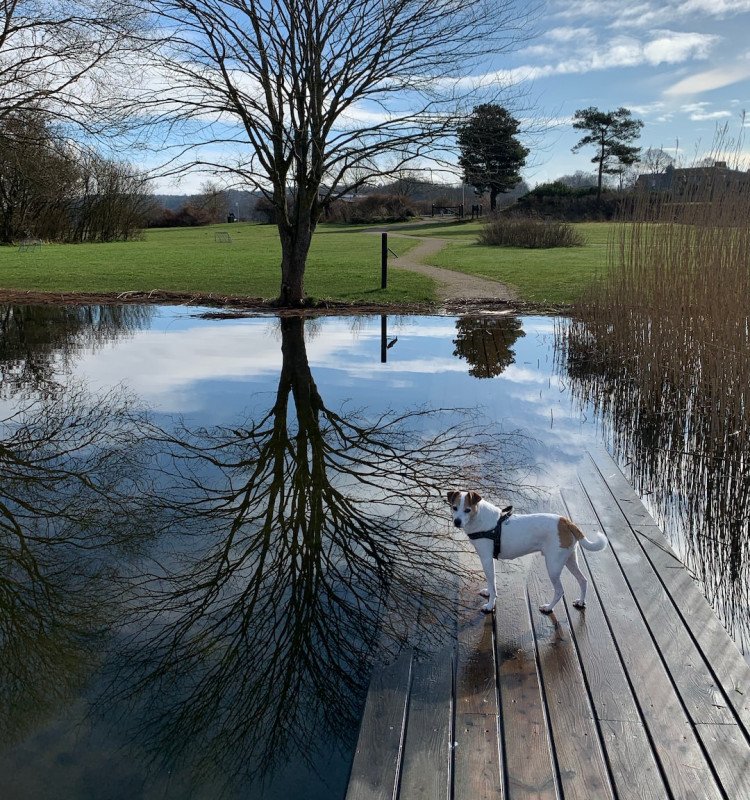
Whether or not you believe our climate has been impacted by human behavior, one cannot dispute the fact that in the last decade the weather has been topsy turvy. Spring-like temperatures in January followed immediately by record breaking low temperatures in New England, freezing temps and ice storms in southern Texas, massive snowstorms out west, rain inundating millions of people, heat indexes well into the 100’s…….this year along with the last ten has been one for the record books.
So how is a gardener to prepare and plan for what lies ahead in the subsequent seasons?
My suggestion is to incorporate more native plants into your garden. Doing so will require less maintenance in your garden and help the environment. Read on to learn some benefits of native plants and how they impact the environment. Then you decide if it is good or bad.
(Some of the links within this post are affiliate links on which I receive a small compensation from the sale of certain items with no extra cost to you.)
(As an Amazon Associate I earn from qualifying purchases.)
What is a Native Plant?
According to the National Wildlife Federation, “a plant is considered native if it has occurred naturally in a particular region, ecosystem, or habitat without human introduction”. These plants have grown in particular regions for thousands of years or longer.
Sometimes called indigenous, they have adapted to the soil conditions, climate, and light of their ecosystems. They are the most sustainable plants in a particular area and have adjusted to their environment physically, chemically and genetically.
Native plants have a symbiotic relationship (both sides benefit from each other) with their ecosystem and the surrounding wildlife. They depend on the wildlife, soil orgnisms, rock minerals and water to help with photosynethesis, pollination, and seed dispersal, along with aerating the soil. In response, the wildlife benefits from the native plants which provide food, shelter and nesting sites.
Native Plants and the Environment
Native plants are definitely good for the environment. They supply a healthy foundation for ecosystems which include a variety of plants that attract a plethora of pollinators. In other words, native plants are essential to the environment!
Support Insects
Native plants support insects which are necessary for a healthy ecosystem.
Insects and other arthropods (animals without a backbone) provide 60% of food for birds. Without these insects we would not have beautiful songbirds which thrive on insects to feed themselves and their young. We would not have caterpillars that morph into butterflies. Without ponds full of insects we would not have spring peepers or other amphibians like bullfrogs.
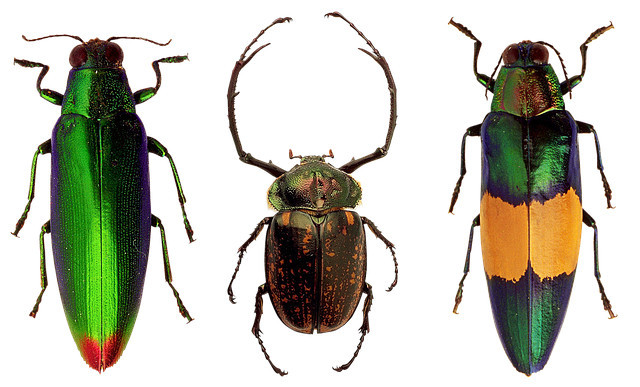
Insects are also pollinators. Bees pollinate fruit trees, flowering plants and shrubs, pumpkins, squash, and almond tree just to name a few.
Enrich the Soil
Most native plants are deep rooted. The roots penetrate heavy clay soil and leave pockets of space for water and insects to permeate the soil. Organic material is added to the soil as roots and insects die off and decay. In addition, decaying native plants on top of the soil add substances to enrich and enhance the soil.
Reduce the Use of Pesticides and Insecticides
Chemicals added to our soil and ground water can have serious negative effects on humans and other creatures living on earth. Native plants can thrive without added pesticides and insecticides.
Ground water and soil is more pure if you do not add any harmful pesticides or insecticides that kill not only harmful insects but good insects. Pesticides and insecticides can also contaminate our drinking water.
Create Wildlife Habitats in Your Backyard
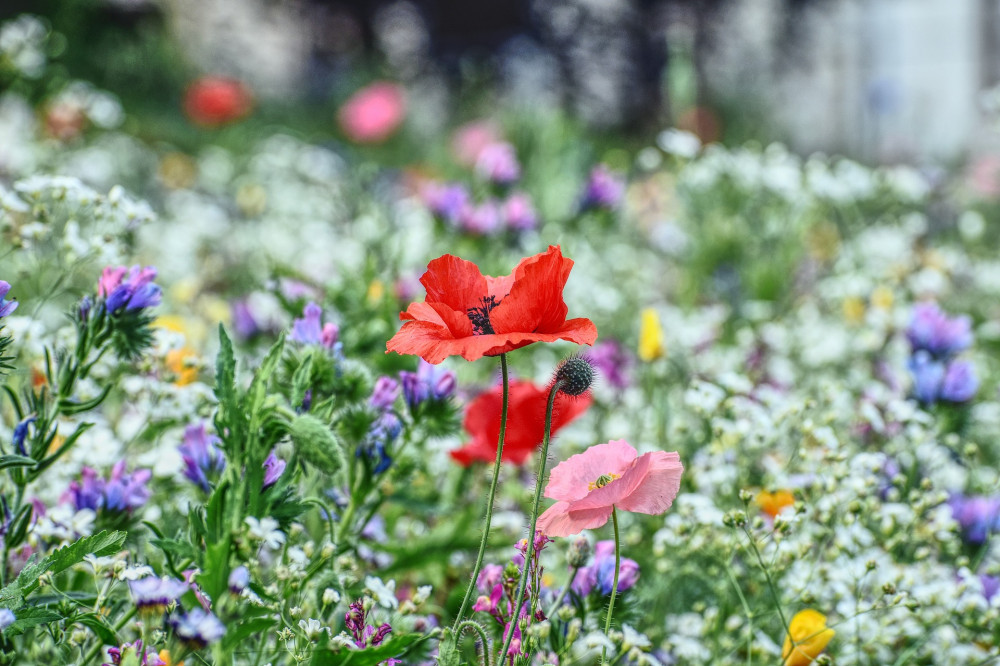
In addition to creating a viable habitat for insects such as bees and other pollinators, native plants create habitats for wildlife. Native plants are homes for both warm and cold-blooded small animals, as well as microscopic organisms in the soil.
Habitat for Birds
Who doesn’t enjoy watching birds in your backyard? I love it. However, the population of all birds has declined by 3 billion since 1970 according to the Cornell Lab of Ornithology. Included in this staggering number is a decrease of 40% of songbirds in the same time period.
The U.S. has approximately 63 million acres of lawn according to the Cornell Lab. Instead of planting a well-manicured lawn, how about planting a yard full of native plants? Doing that would have a huge potential for supporting wildlife.
Enrich the Environment
Native plants can reduce run-off during storms, since most have longer roots, spread easier, and are more tightly planted. They keep the soil in place.
Replacing a grass lawn with native plants would also improve the air quality, because you would not need to use a gas mower to cut your lawn every week. Although, if you have a lawn, choose an electric mower if at all possible!
Native plants can also pull and store excess carbon from the ground. Good soil which is created by native plants reduces carbon dioxide in the air. For more information about the benefits of good soil, click Topsoil/On the Verge of Extinction Part 1.
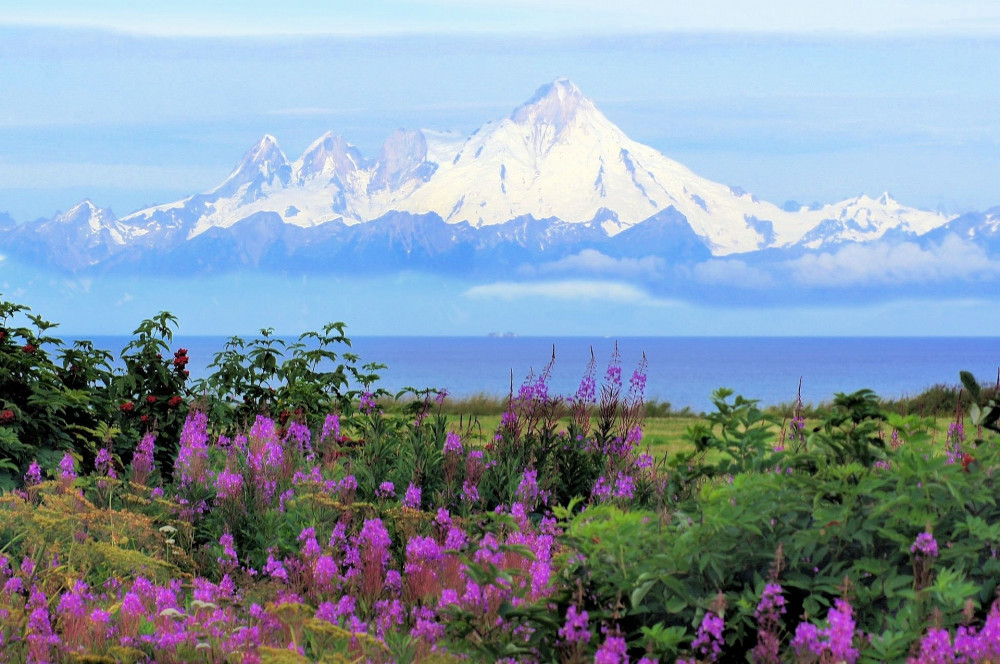
Benefits of Native Plants
As a home owner of 39 years I know how exhausting it can be to constantly groom your yard. But if you decide to replace some of your lawn and gardens with native plants, you will cut down on maintenance and have more time to enjoy the fruits of your labor.
Healthier and Stronger
Native plants grow best in their own natural environment because they have adapted to it throughout thousands of years. They grow in harmony with the soil, water supply, weather changes, and other native components. Therefore, they can resist disease and infestations by harmful insects. Thus, they are a much healthier alternative to non-native plants.
In other words, you will not be pulling out and replanting flowers and there will be no need to spend money filling in pockets of your garden that have died off.
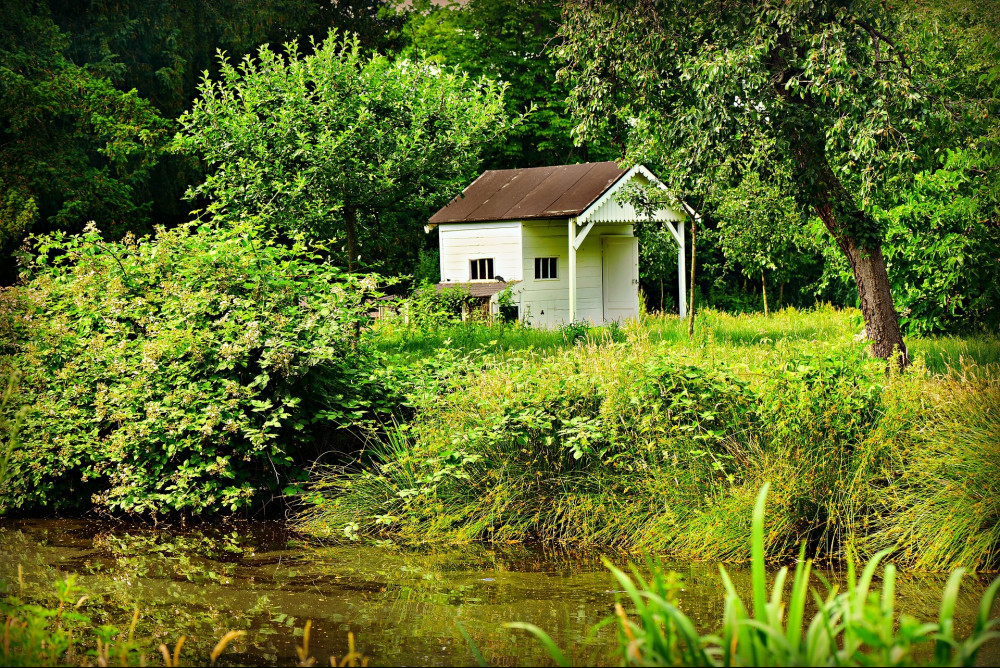
Water Less Frequently
They do not need to be watered frequently because they are used to the environment, and their leaves will not wilt or burn in intense heat. You will be saving yourself a lot of time, effort, and money if you do not have to constantly water your plants during a drought.
Those native plants that grow profusely in your local environment will also thrive in strong winds.
No Need to Fertilize
Native plants do not need added fertilizer to promote growth. They are able to do it naturally by removing nutrients from the soil.
More Economical
Maintaining a lawn is costly even if you do it yourself. Hiring a lawn service for cutting, maintaining, and fertilizing can cost an arm and a leg! It is cheaper if you decide to purchase the products and apply them yourself. However, it is very time consuming.
It is much more cost effective to plant a garden full of native plants. Once you have established a native garden, just sit back and enjoy.
Buy Native Plants at Etsy
Impact of Not Having Native Plants
One major negative impact to the environment is the spread of invasive plants.
As you know, birds eat plants’ seeds and then spread them around through their excretion. By eating the seeds of invasive and undesirable plants, birds will foster their growth and they will compete with and strangle out the native varieties.
The spread of invasive plants will damage to the ecosystem.
Final Thoughts/ Native Plants and the Environment
Yes, native plants are definitely good for the environment. They create biodiversity, enrich the soil, help purify the air, create habitats for wildlife and pollinators and add richness to your landscape.
They add outstanding displays of color and textures, varying heights, bloom times, harmony and interest throughout the year. The next time your decide which plants to grow in your garden, consider native plants. You’ll not only create more time for yourself but will also help the environment.
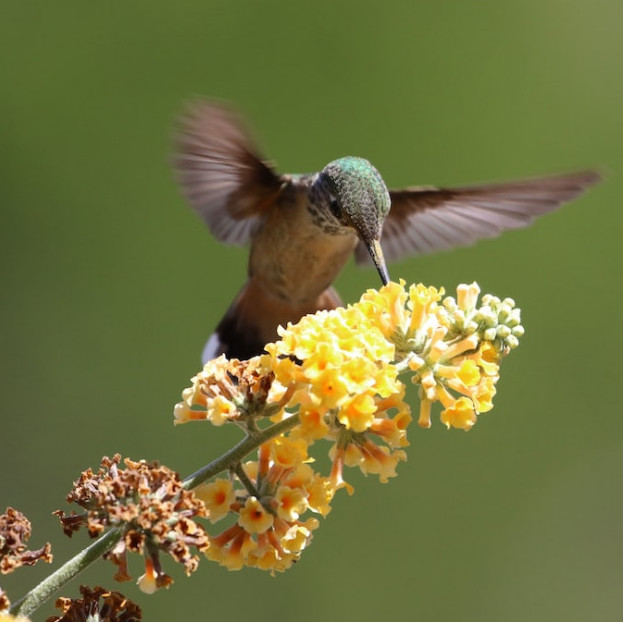
To find native plants for your area, click National Wildlife Federation.
I hope you have enjoyed this post. Please leave a comment below and share it with friends and family. I’d love to hear from you.
Happy Gardening,
Nina
bestgardeningforbeginners@gmail.com
